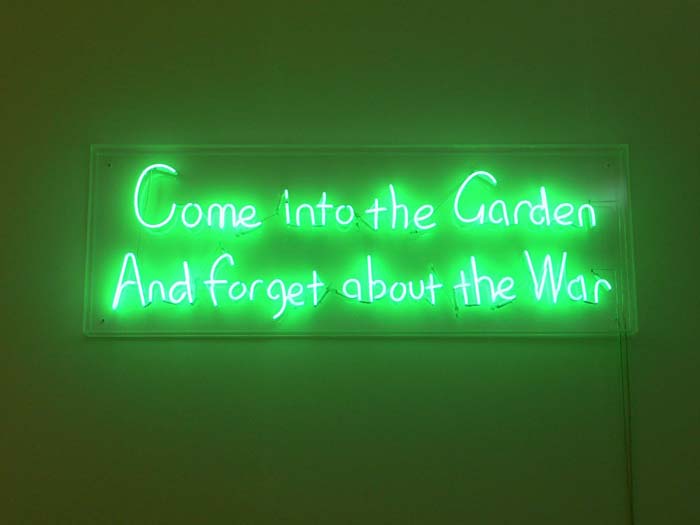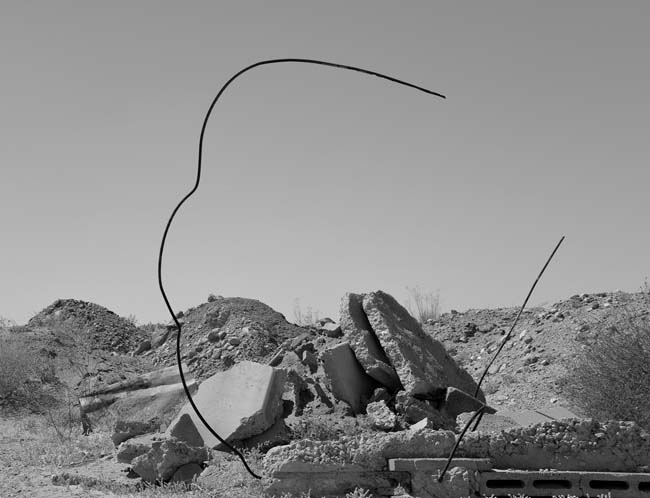As capitalism in its neoliberal form spreads worldwide, and populism – from Trumpism to Brexit – rises in all corners of the Western world; wall building emerges as a sign of a period one could call ‘post-political’. From the US-Mexico border to Italy’s Lampedusa, more and more fences and checkpoints are appearing, creating zones of exclusion.
The theorist Wendy Brown considers the proliferation of separation barriers, both within and between nation-states, a symbol of societal disruption. This resurgence in wall building uncannily appears in a context of transnational power intensification and the erosion of national sovereignty.
Globalisation, the quality of which is connectedness rather than division, should have reduced the need for separation barriers and yet it seems to only have increased their establishment. However, cultural production is contradicting this trend, as exchange across the globe – even if maintaining North-South hierarchies – has been growing since the end of the Cold War.

Graham Fagen, War-Garden (after-Tubby), 2007. Courtesy of Golden Thread Gallery, stand P21b
Within the field of art, a phenomenon derived from this situation is what could be designated as a ‘geographical turn’ in Western institutions. In the past twenty-five years or so, museums, galleries, art fairs, auction houses and other players have been seeking to broaden their horizons with respect to non-Western art and other ‘subaltern’ practices – ‘art from elsewhere’, as the curator Okwui Enwezor puts it – including those rooted in gender and ethnicity as well as belonging to craft and outsider traditions.
This 2017 edition of ‘Dialogues’ reflects the challenging conditions in which one lives today, attempting to grasp these recent developments in society and culture. The section includes galleries based in distinct parts of the UK – from London to the regions, and from England to Wales to Northern Ireland – and areas such as Dublin, southern Europe, the interior of the United States, and sub-Saharan Africa.
By its own nature, ‘Dialogues’ suggests interaction among the participating galleries, and thus the section is even more relevant this year, as the walls that typically split the multiple stands of an art fair are literally broken, metaphorically referencing the need to knock down the walls that have been, are being or will be erected. The featured artists address the issues of our times, looking at history, race and collectivity; alongside explorations of imaginaries, representation and subjectivity.
The galleries from outside the UK are from peripheral, often uneven geographies – particularly in economic terms – but it is in these new ‘centres’ that many of the most engaging art is being made today. Putting them in conversation among themselves and with their UK counterparts – who include representatives of some of this country’s innovative art scenes – is intended to contribute to the expansion of a progressive cultural scene, and by consequence to a public sphere in which cosmopolitanism is the rule.
– Miguel Amado, ‘Dialogues’ 2017 curator
This edition of ‘Dialogues’ presents collaborations between the following UK and international galleries:
- P18a IMT Gallery
- P18b Division of Labour
- P19a First Floor Gallery Harare
- P19b LLE Gallery
- P20a Gibbons & Nicholas
- P20b Jack House Gallery
- P21a Maus Contemporary
- P21b Golden Thread Gallery
Courtesy of London Art Fair 2017. Copyright © London Art Fair 2017.
























